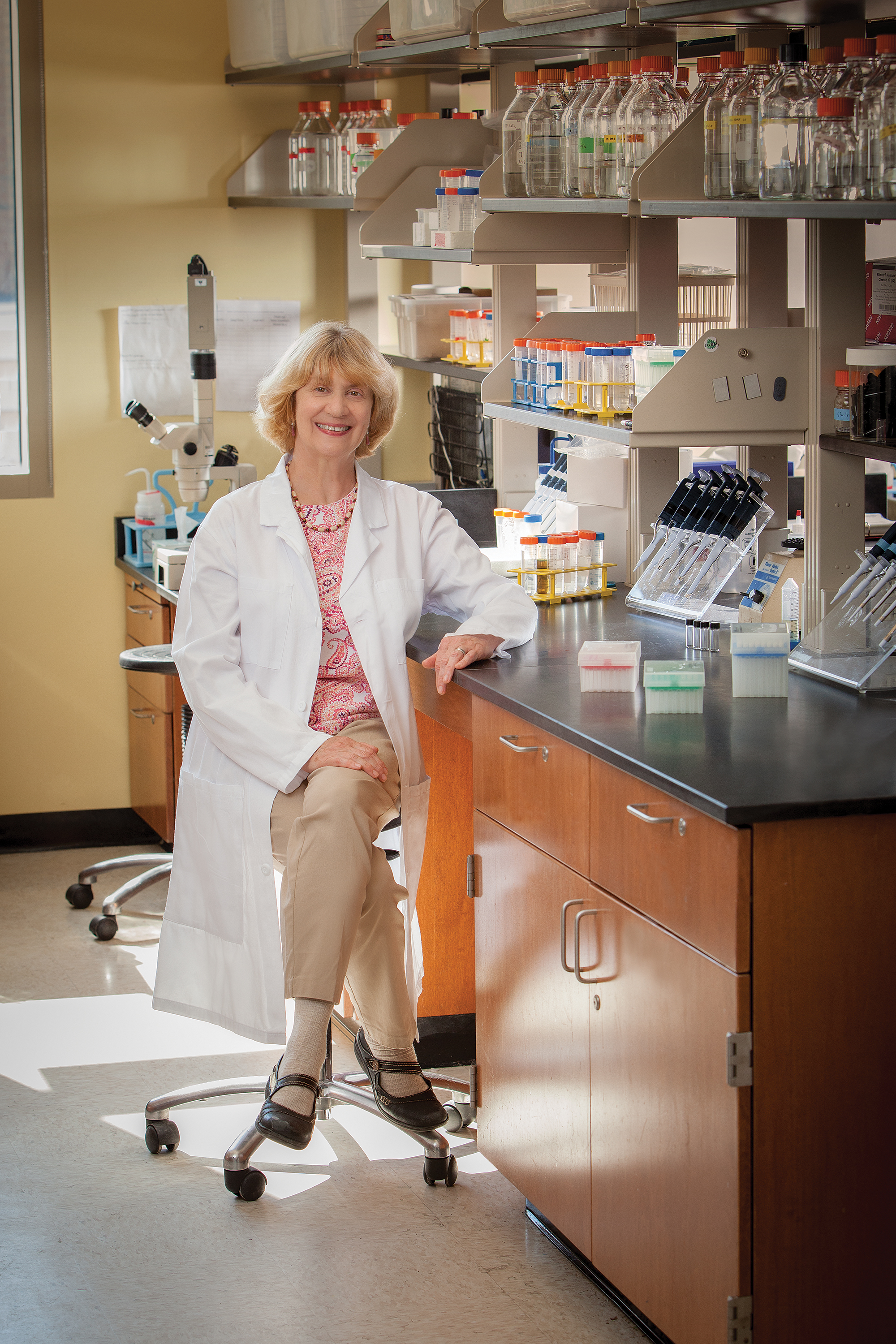Below is a summary of the abstract you submitted. Presenting author(s) is shown in bold.
If any changes need to be made, you can modify the abstract or change the authors.
You can also download a .docx version of this abstract.
If there are any problems, please email Dan at dar78@pitt.edu and he'll take care of them!
This abstract was last modified on May 24, 2024 at 2:13 a.m..

While bacteriophages may be the most diverse and abundant biological entities in the biosphere, there is another class of class of equally important viral-like particles that modulate bacterial-phage interactions, bacterial population dynamics, and evolution. Generically known as "satellite phages,' these entities harbor a small number of genes and parasitize other bacteriophages to acquire key proteins to ensure their own propagation. Employing a diverse group of mechanisms, satellite phages have been isolated and characterized in E.coli, Streptomyces scaabiei, and Vibrio cholerae. Here we report the existence of a group of ten highly related satellite phages that parasitize an A2 prophage (HerbertWM) in M aichiense. The satellite phages (or phagelets as we call them) have ~11KB genomes, extremely low, unstable titers, and variable stoichiometries of phagelet vs. HerbertWM. Moreover, isolation of additional phagelets has proved exceptionally idiosyncratic. The goal of this presentation is to elicit discussion and suggestions regarding the nature and mechanisms of action of these distinctive particles.

